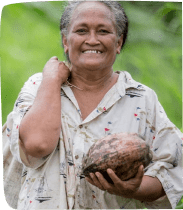This report brings together the voices, experiences and demands of civil society from across the Pacific region, including Australia and New Zealand. It has been endorsed by the Pacific Islands Climate Action Network and 55 organisations and networks across seven countries, including Australia and New Zealand. The report presents a comprehensive vision for a new climate finance goal that delivers for the most vulnerable communities, and that sets the world on track to scale up climate action, phase out fossil fuels and transition to a cleaner, greener and more just future for all.
Read report here.





